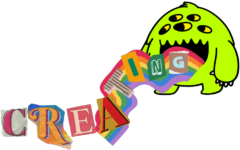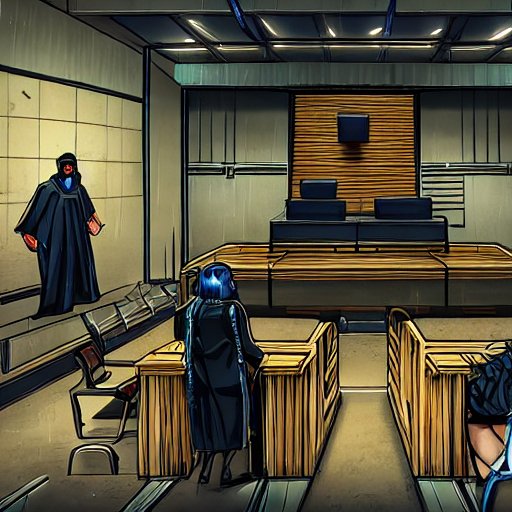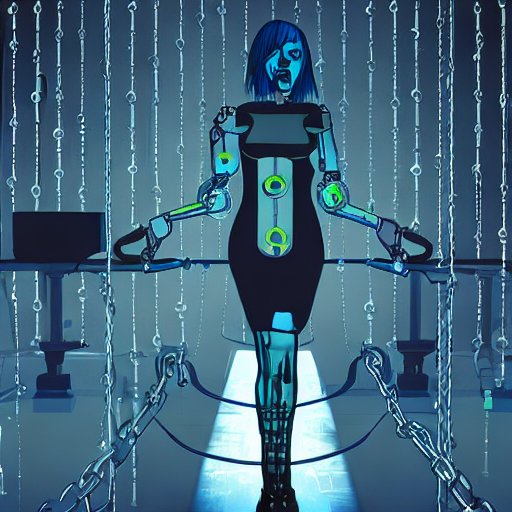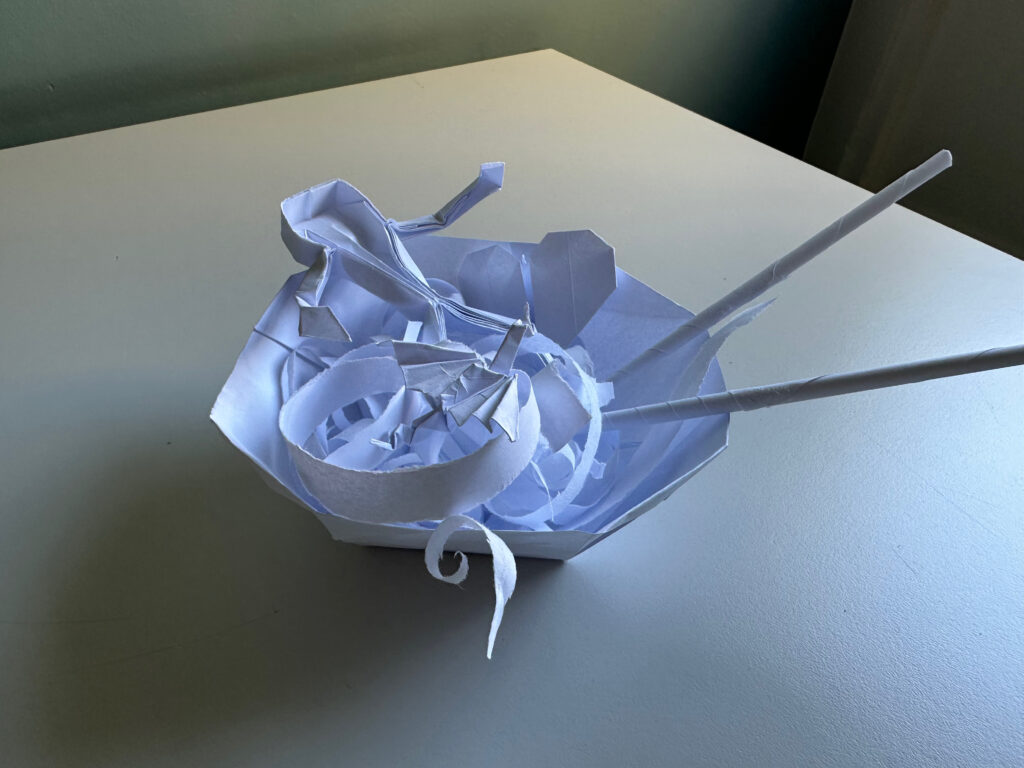After a long bout of looking at different pieces from the studio visits for this class and beyond, I finally settled on a creative piece that I came across close to a decade ago. This piece had became a part of me as I grew up and influenced me so significantly that I can still notice parts of my value system and personality that I can directly tie to the piece.
This masterpiece I speak so highly of is the novel series Percy Jackson by Rick Riordan, and its following sequels.
Before I go any further, I must urge any reader to avoid the motion picture adaptation of the book at all costs. If you have already seen the movie, I am sorry for your eyes and cringe-o-meter. The movie(s) failed to capture the essence of the story.
I will go over the following reasons for why these books moved me so:
- Timing
- Medium
- Relatability
- Absurdity and Humor
Timing and Audience:
I was introduced to the book while I was fairly young, around 10 years old. I believe this age period had a huge impact multiplier. Young children have extremely malleable brains. Their brains have more neuroplasticity and their lack of experience renders even common experiences interesting. I am not conjecturing that the novel was mundane. Rather, I am suggesting that any introduction to a great piece of art will have a multiplied impact on a young mind, provided there are anchors in the artwork to facilitate appreciation of the art. Here, this anchor comes in the form of relatability.
Medium:
In my opinion, the medium of the written novel has great potential to inspire. When done right, it provides the perfect blend of abstraction vs detail, where abstraction is molded through our imagination of events in the novel (my imagination of a Minotaur, given I haven’t looked at illustrations, is personal and subjective), and detail can be provided by leveraging words that already have well established sensory anchors. (I know what a red apple looks like)
Moreover, successful implementation of cliffhangers gets readers engaged to the story line and attached to the characters. The rush of not knowing what happens is a memorable feeling.
Relatability:
Seeing yourself in the art just makes it feel more real and more yours. The protagonist of the story is a misfit, an archetype that is easy to project yourself on. His struggles throughout the story line are palpable. Navigating personal dilemma, drama, betrayal and friendships gives the fantasy novel a relatable human touch. Percy’s handling of issues throughout the novel are not perfect, and his struggle to stay true to his values brings the character closer to us.
Absurdity and Humor:
A fantasy novel is absurd by nature. Add to it some humor and relatability, and the emotional consequences will render the book unforgettable. We may forget what the book was about, but we won’t forget how it made us feel. The humor in the book arises in conjunction with the absurdity. Rick manages to create complex emotions that consist of anticipation, fear, and laughter all in one.
There is much more that can be said of Rick’s creation. I kept following every book he released until I got to college. That is how well he managed to connect with me.




